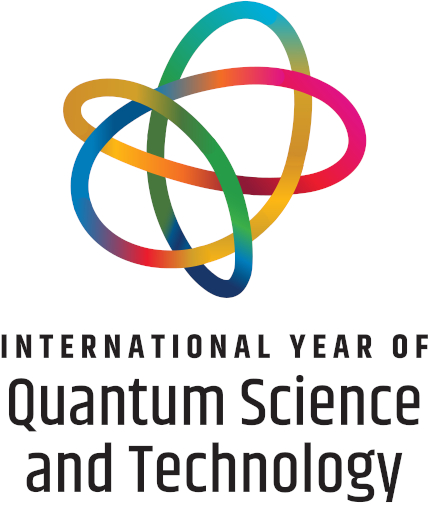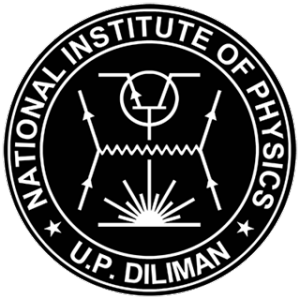Seeing the invisible with gravitational lensing
Abstract
Most of the mass in the universe is in the form of dark matter. Since dark matter does not emit light, we cannot observe it through ordinary means- ie capturing photons with our telescopes. One of the few ways we can directly probe dark matter is through gravitational lensing, the bending of light around mass, since this effect is sensitive to both dark and luminous mass. In this talk, I will describe how we have measured and used gravitational lensing to detect dark matter, to connect galaxies to their parent dark matter haloes, to test the theory of general relativity on cosmological scales.
Downloads
Issue
Physics linkfest: Spanning science & technology
23-25 October 2013, University of San Carlos, Cebu City











